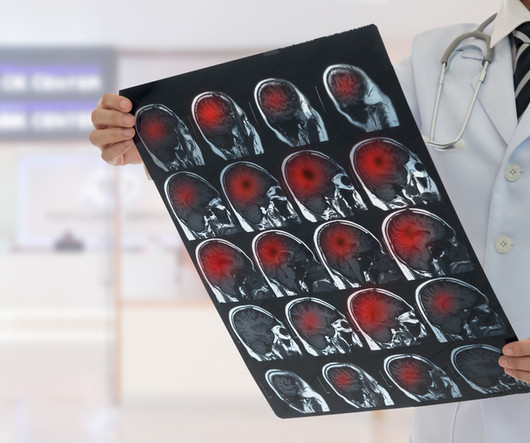Abstract WP16: Thrombolysis in Wake-Up Stroke Improves Outcomes, Reduces Cost, and Reverses ADC Lesions
Stroke Journal
FEBRUARY 1, 2024
Stroke, Volume 55, Issue Suppl_1 , Page AWP16-AWP16, February 1, 2024. Introduction:Trials using advanced imaging have shown a benefit from intravenous thrombolysis in patients with wake-up stroke, but real-world data is limited. in those able to receive perfusion imaging). in those able to receive perfusion imaging).











































Let's personalize your content